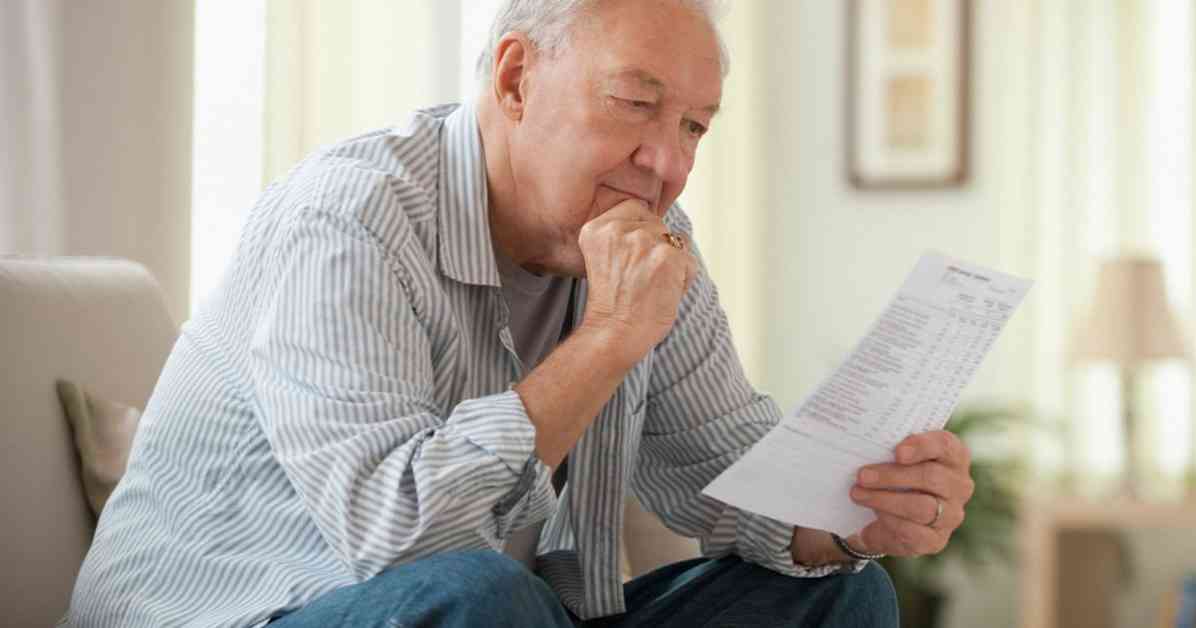Understanding State Pension Tax Rules: Maximizing Your Retirement Income
As retirees navigate the complexities of tax implications on their state pension, HMRC has recently provided clarity on the matter following inquiries from concerned individuals. One such case involved a taxpayer seeking guidance on tax allowances and the state pension, particularly in relation to their private pension deductions and the marriage allowance.
The marriage allowance allows a spouse or civil partner to transfer a portion of their personal allowance to their partner if their income falls below the £12,570 threshold. This can be a useful strategy to optimize tax efficiency for couples, especially when one partner has a lower income.
In the case mentioned, the individual raised concerns about tax deductions from their wife’s private pension payment and sought advice on how to prevent further tax bills when accessing private pensions or other saving schemes. This dilemma highlights the importance of understanding the tax implications of different retirement income sources and seeking professional guidance to make informed decisions.
Exploring Tax Rules for State Pensioners
HMRC’s response to the taxpayer’s queries shed light on the tax rules that apply to state pensioners, particularly in scenarios involving private pension withdrawals and investment in other financial vehicles like Premium Bonds. The taxpayer expressed frustration with their financial advisor’s lack of assistance, attributing it to potential loss of fees if private pensions were closed.
According to HMRC, income tax is only payable if the taxable income, including private pension and state pension payments, exceeds the tax-free allowances set by the government. Understanding these thresholds and how different sources of income are taxed is crucial for retirees to effectively manage their finances and minimize tax liabilities.
Navigating Dividend Taxation for Retirees
In addition to income tax considerations, retirees must also be aware of dividend taxation rules when investing in assets that generate dividend income. For the current tax year, the tax-free dividend allowance is set at £2,000, beyond which different tax rates apply based on the individual’s tax bracket.
Basic rate taxpayers face an 8.75 percent tax on dividend income exceeding the allowance, while higher rate taxpayers are subject to a 33.75 percent tax rate. Additional rate taxpayers incur a higher levy of 39.35 percent on their dividend earnings. Understanding these rates and how they impact investment decisions can help retirees optimize their income streams and minimize tax obligations.
In conclusion, navigating the tax implications of state pension and other retirement income sources requires careful planning and informed decision-making. Seeking professional advice from financial advisors or tax experts can help retirees maximize their retirement income and minimize tax liabilities effectively. By staying informed about tax rules and making strategic financial decisions, retirees can secure a comfortable and financially stable retirement.













